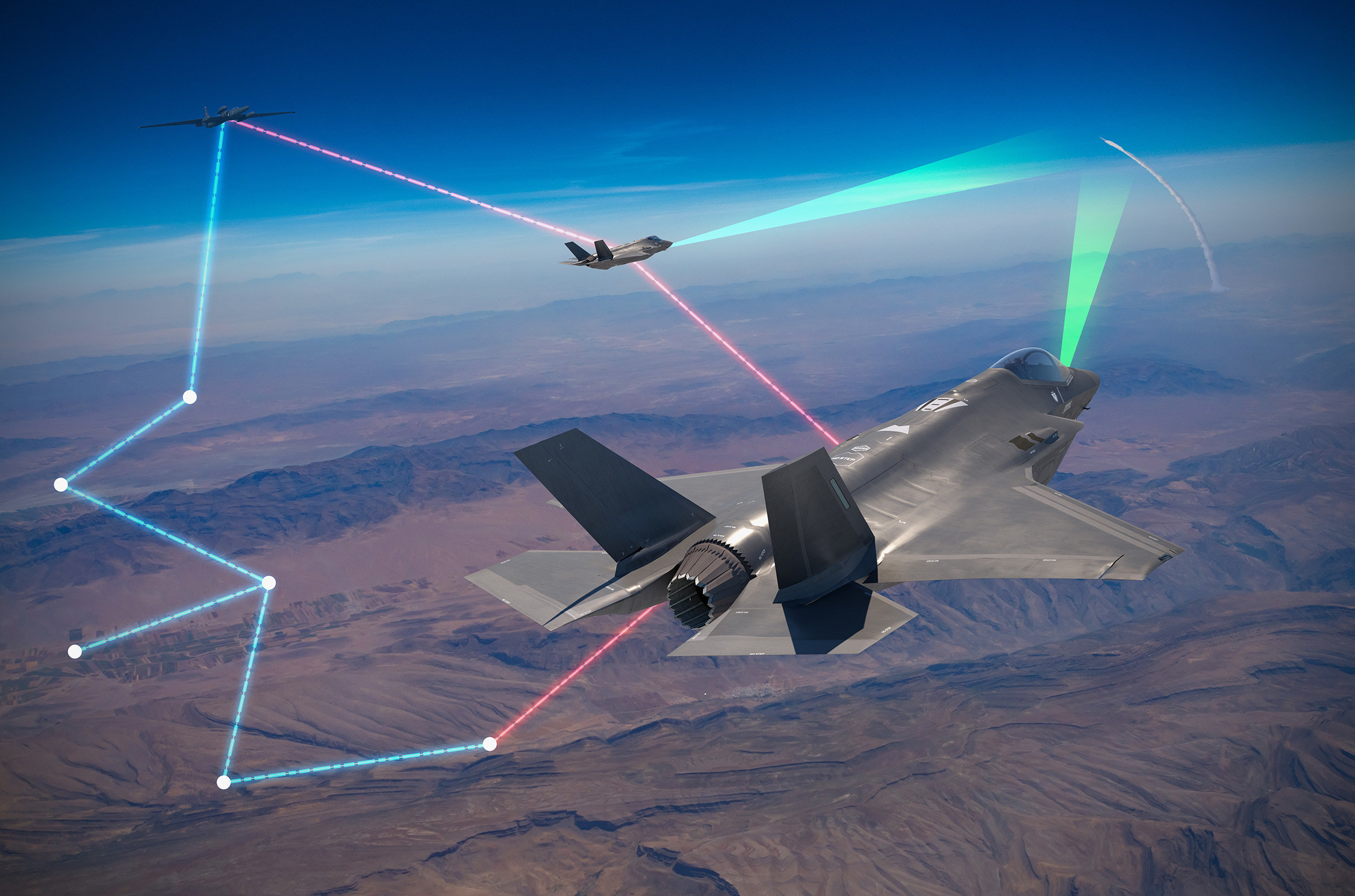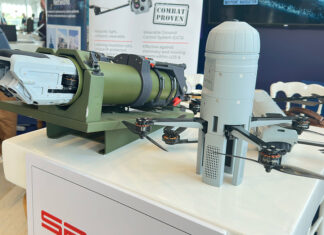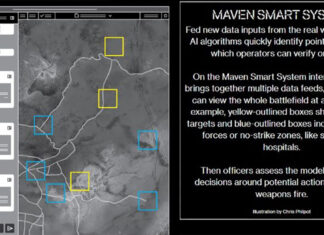Lockheed Martin Skunk Works, the Missile Defense Agency, and the U.S. Air Force successfully connected an F-35, U-2 and a ground station in a ground-breaking test demonstrating a secure distribution of sensitive information across multiple platforms, facilitating true multi-domain operation. During the demonstration, called Project Riot, an F-35 detected a missile launch at long range, using standard onboard sensors. It then shared that information through the U-2 gateway, providing an early warning to an air defense center on the ground, enabling the commander to quickly make the decision to target the threat. This level of connectivity reduces the data-to-decision timeline from minutes to seconds, a necessary precondition in fighting near-peer adversaries and advanced threats.
Project Riot builds on a series of open systems architecture demonstrations proving how incremental increases in capability can be rapidly fielded to enable a connected network across air, ground, sea, space and cyber domains. The project is run under a partnership with the Air Force Life Cycle Management Center at Hanscom Air Force Base, Massachusetts, and the Missile Defense Agency. Leveraging common industry standards to drive down cost and shorten schedules, the team achieved four mission-critical data points in less than four months.
“With its long-range standoff sensors, on-board processing and ability to operate in and around contested environments, the U-2 continues to play a critical role in demonstrating new capabilities today, while transforming operations for tomorrow’s battlespace,” said John Clark, vice president of ISR & UAS at Lockheed Martin Skunk Works. Through the demonstration, the team leveraged the modernized U-2’s payload capacity, modular design and open architecture to provide beyond-line-of-sight communications between the F-35 and a multi-domain ground station. The link established two new data paths to securely transmit 5th generation sensor data at multiple levels of security from the stealth fighter to the warfighter on the ground, thus enabling a multi-domain network of legacy and 5th generation systems. The information dissemination from the F-35 used the Air Force’s Universal Command and Control Interface and Open Mission Systems (OMS) standards.






















